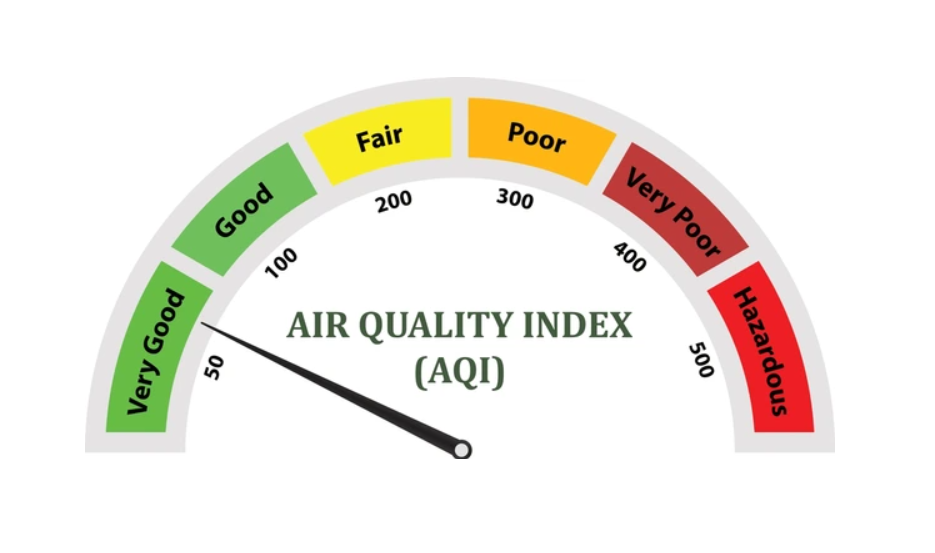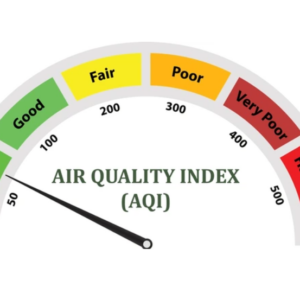Indoor Air Quality Monitoring
- Estimated Delivery : Up to 4 business days
- Free Shipping & Returns : On all orders over $200
Indoor air quality (IAQ) is indeed a significant factor in maintaining the health and productivity of occupants in a building. The pollutants that affect IAQ can stem from both external sources (like outdoor air) and internal sources (such as activities and materials used inside the building). As you mentioned, the aim of managing IAQ is to reduce exposure to these pollutants and minimize health risks. Here’s a closer look at the three main categories of pollutants:
1. Biological Contaminants
These are living organisms or their by-products that can negatively affect indoor air quality. Common examples include:
- Mold and mildew: These thrive in damp, poorly ventilated spaces and can cause respiratory issues, allergic reactions, or worsen asthma.
- Bacteria and viruses: These can spread through indoor air and contribute to illness outbreaks, especially in crowded or poorly ventilated environments.
- Dust mites, cockroaches, and other pests: Their waste products can trigger allergic reactions and worsen respiratory conditions.
2. Chemical Pollutants
Chemical pollutants can come from a variety of sources, including cleaning products, building materials, and personal care products. Some common examples include:
- Volatile Organic Compounds (VOCs): These are emitted from paints, new furniture, carpets, and cleaning products. VOCs can cause headaches, nausea, and long-term health issues if exposure is prolonged.
- Formaldehyde: Often found in pressed wood products, it is a known carcinogen that can cause irritation to the eyes, nose, and throat.
- Radon: A naturally occurring radioactive gas that can seep into buildings from the ground. Prolonged exposure to high radon levels is a leading cause of lung cancer.
3. Particles
These tiny particles can either be inhaled directly or settle on surfaces, potentially leading to respiratory issues and other health problems. They come in two main forms:
- Particulate matter (PM): This includes both fine particles (PM2.5) and larger particles (PM10), which can originate from outdoor air, combustion processes (such as smoking), or indoor activities like cooking and cleaning.
- Tobacco smoke: This is a major source of indoor particulate pollution and can cause both short-term irritation and long-term health problems such as respiratory diseases and cancer.
Strategies to Improve Indoor Air Quality
To minimize exposure to these pollutants, businesses and building managers can take the following actions:
- Ventilation: Ensure proper ventilation to bring in fresh outdoor air and help dilute indoor pollutants.
- Regular maintenance: Clean HVAC systems regularly and replace filters to reduce dust, mold, and other allergens.
- Source control: Limit the use of chemical products that emit VOCs or opt for non-toxic alternatives.
- Humidity control: Maintain optimal humidity levels (30-50%) to prevent the growth of mold and dust mites.
- Monitoring IAQ: Use IAQ sensors to track pollutant levels in real-time and take corrective actions as necessary.














Reviews
There are no reviews yet.